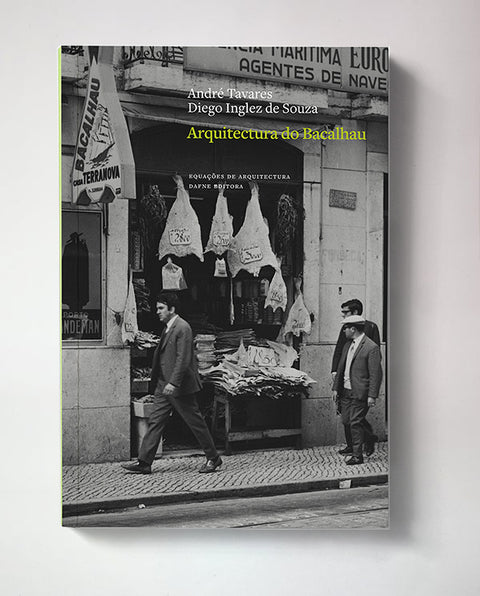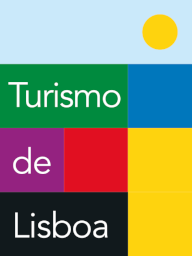
Architecture of Cod Book
What is the architecture of cod? As it seems obvious, fish do not construct buildings, but their biological characteristics create architecture. This book explores this hypothesis, focusing on the Portuguese coast to understand the relationships between onshore construction and the dynamic fluctuations of marine ecosystems. Looking back to the 19th and 20th centuries, a time when the industrialisation of fisheries drove major transformations on land and at sea, the book examines in detail the constructions and territories associated with cod, sardine, tuna, hake, as well as octopus, John Dory and monkfish. Approaching the topic from a variety of perspectives, ranging from animal biology to fishing and fish processing technologies, from politics to consumption practices, it is possible to understand the extent to which fish has shaped the construction of landscape and territory, and how that transformation has increased ecological pressure upon the ocean.
The book is organised into five chapters, each dedicated to a different species. Cod presents an alternative history to the epic narrative constructed by the dictatorial political regime, contrasting the contradictions underpinning the built forms with the limits of the ecosystems that these policies encountered in the fishing grounds off Newfoundland. The sardine allows to understand industrialisation processes associated with the canning industry, whose technological development in relation to brineries meant greater pressure on sardine populations on the Portuguese coast, from Setúbal to Portimão and Matosinhos. Tuna gave rise to unstable fishing settlements associated with the fish traps set up in the Algarve coast, occupying the sand dunes with huts and seasonal compounds. In the 1960s, hake became associated with trawling and freezing, which along with other less popular species supported a new fish distribution policy developed from Lisbon. Finally, octopus, John Dory and monkfish show how fishermen from Póvoa de Varzim territorialised the sea and contributed to a dynamic balance between species.
Product title
Lismarketing Lda.
Rua do Arsenal 15, 1100-038 Lisboa
T: +351 210312800
info@lismarketing.pt
www.visitlisboa.com

